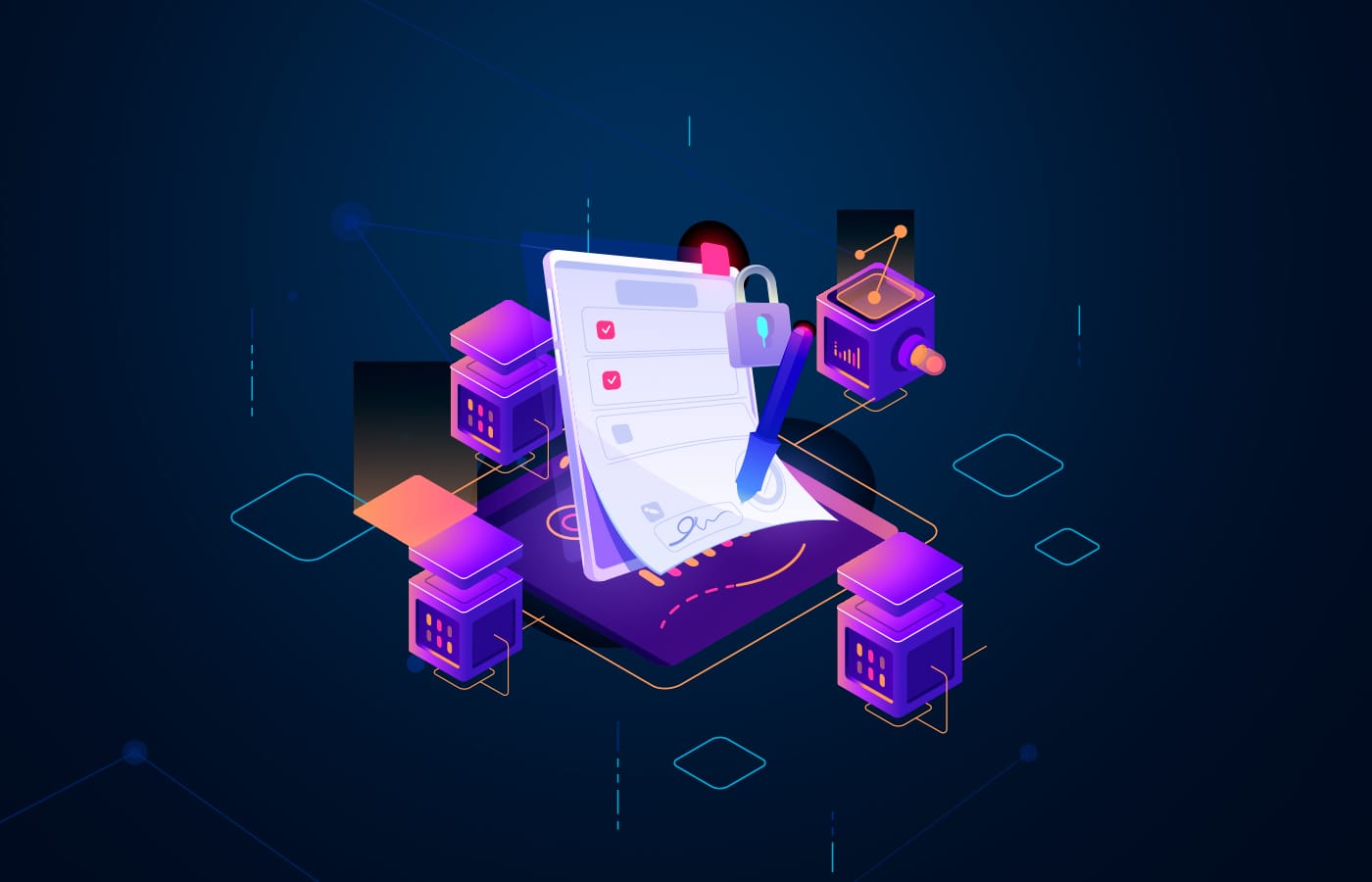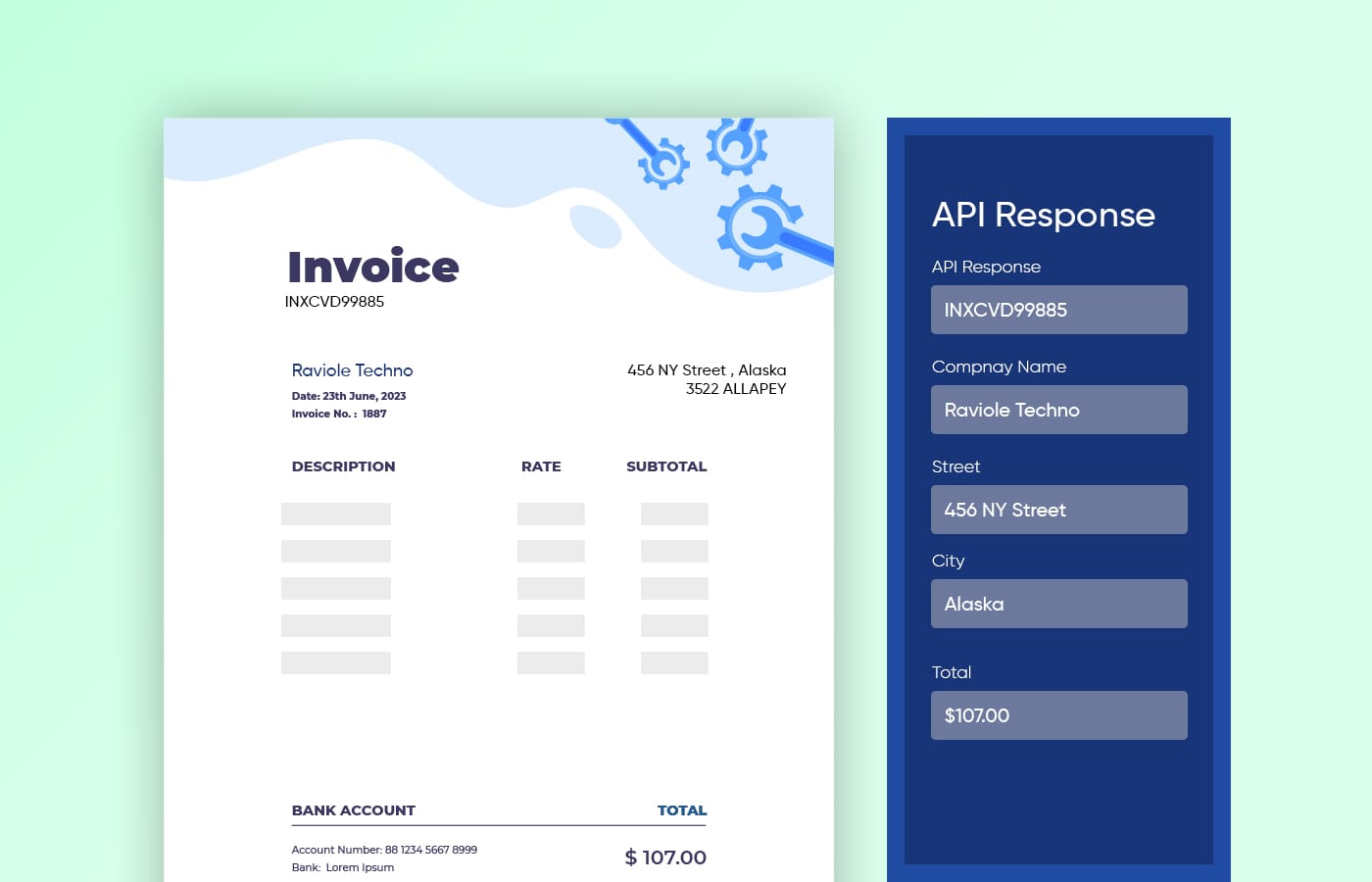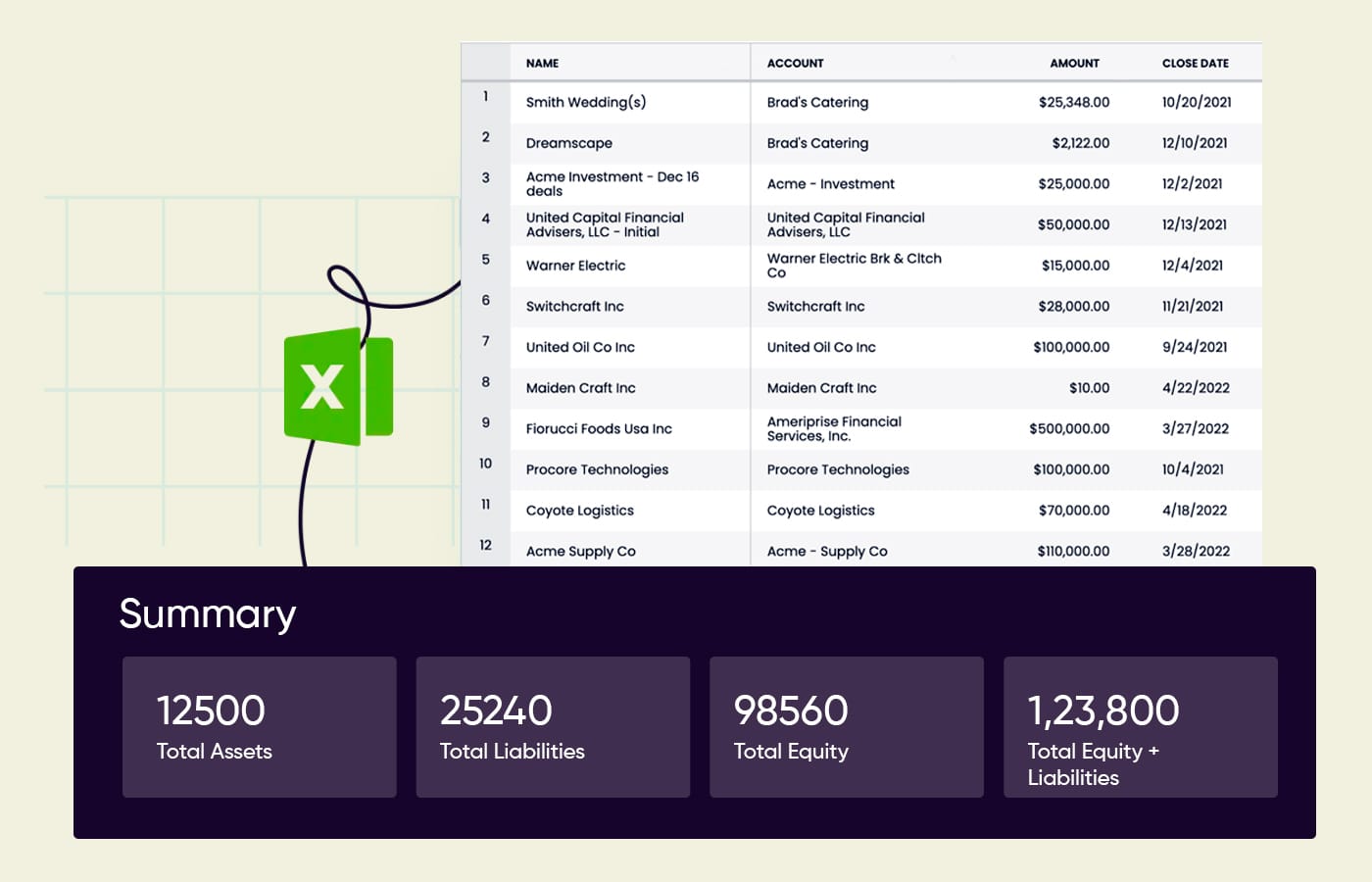The Future of Document Management: Leveraging AI for Document Collection and Client Onboarding

It is no secret that AI is becoming pivotal in our day to day work operations. Digital document collection is a crucial process in any business, AI can help you in minimizing errors and speeding up the process, enabling you to improve the quality of work. From simplifying tasks to onboarding workflows, AI can be your best friend if used right. AI is transforming the way documents are managed and collected, thus improving productivity. Research shows that AI-powered client onboarding software can increase the quality of output by up to 18%.
Here is how AI can help you in document collection and client onboarding:
- Understand and interpret human language to extract text data from documents.
- Saves time by identifying and extracting predefined information from documents.
- ML algorithms recognize text patterns in visual elements for trend forecasting and analytics.
NLP, or Natural Language Processing can understand, interpret, and operate in human language. As a document collector, you can use NLP to extract text data from documents like invoices, receipts, and other statements. It is extremely helpful in identifying and extracting important and useful data from documents, thus saving you plenty of time and effort. Through Machine Learning (ML), AI uses algorithms to recognize text patterns from tables, charts, images, and other visual elements. You can even apply Machine Learning to your data to forecast trends and analytics.
An AI enabled electronic document collection software is also equipped to extract sensitive information from client documents. Artificial intelligence helps in secure document collection and ensures full security of confidential data. Document storage software makes sure that you can control who has access to files and data, protecting client information. With AI, you can ensure that no information goes outside of your organization and that all digital client documents are safely stored and protected. AI helps analyze document access patterns and also reports any unusual activity.

Robotic Process Automation (RPA) uses bots to repeat standardized procedures of data entry, making all the boring and mundane tasks easier. RPA is used for automating repetitive tasks, that take up a lot of time and help in improving accuracy and efficiency. In a survey conducted by S&P Global, 41% of employees agreed to have software that reduces common and repetitive work thus improving productivity. Automating regular tasks has proven to enhance productivity and performance at the workplace while also improving employee engagement.
OCR or Optical Character Recognition is a system that helps translate visual objects into data. AI-based OCR extracts data from different kinds of documents and stores them in a structured data set. Whether you are a mortgage lender or a healthcare provider, you will be dealing with a lot of documents on a day to day basis, and all of different kinds. Using Machine Learning and NLP, you can classify and categorize documents based on content and layout, ensuring secure document storage. This kind of automated document classification supports OCR and makes data extraction easy.

Benefits of using an AI-enabled document collection software:
1.Streamlines Document Processing: Using AI powered document collection software allows you to have a competitive advantage, along with reducing operational costs. NLP algorithms are useful in analyzing language and sentiment patterns, giving you accurate data to help with decision-making. It can also identify and extract structured data from unstructured text documents. With AI enabled client onboarding software, you can effortlessly reduce human error, enhance your customer service, and onboard new clients much more quickly.
2.Enhances Data Accuracy: Research suggests that adopting AI-enabled systems in your organization can help improve the accuracy and consistency of tasks by 47%. Statistics also state that over 80% of the data that organizations receive are unstructured. Optical Character Recognition (OCR) technology makes it easier to extract structured data from PDFs, images, and other documents, simplifying complex data processes.
3.Automate and Save time: You can use Machine Learning to help enhance the quality of documents and transform low quality images to high quality images. This ensures that important information is noticed, and saves human time and effort while minimizing errors. Robotic Process Automation (RPA) is proven to improve work accuracy and employee satisfaction as it automates repetitive work. Statistics show that you could improve cost savings by 37% when you use RPA software to automate standardized work.
Conclusion
Research predicts a rise in the use of AI enabled document collection software, the technology driven system combining AI, ML, and NLP eases business operations and streamlines workflows. The advanced technology of artificial intelligence systems is especially useful in understanding and extracting complex data from documents. The best part? The document collection software can help all industries and businesses from healthcare, finance, education, and legal. Organization, storing, and retrieving documents have become simpler, easier, and much faster.
Looking for reliable and secure Document Collection Software?, Reach out to us at DocsNow to book a demo call and elevate your business operations.
